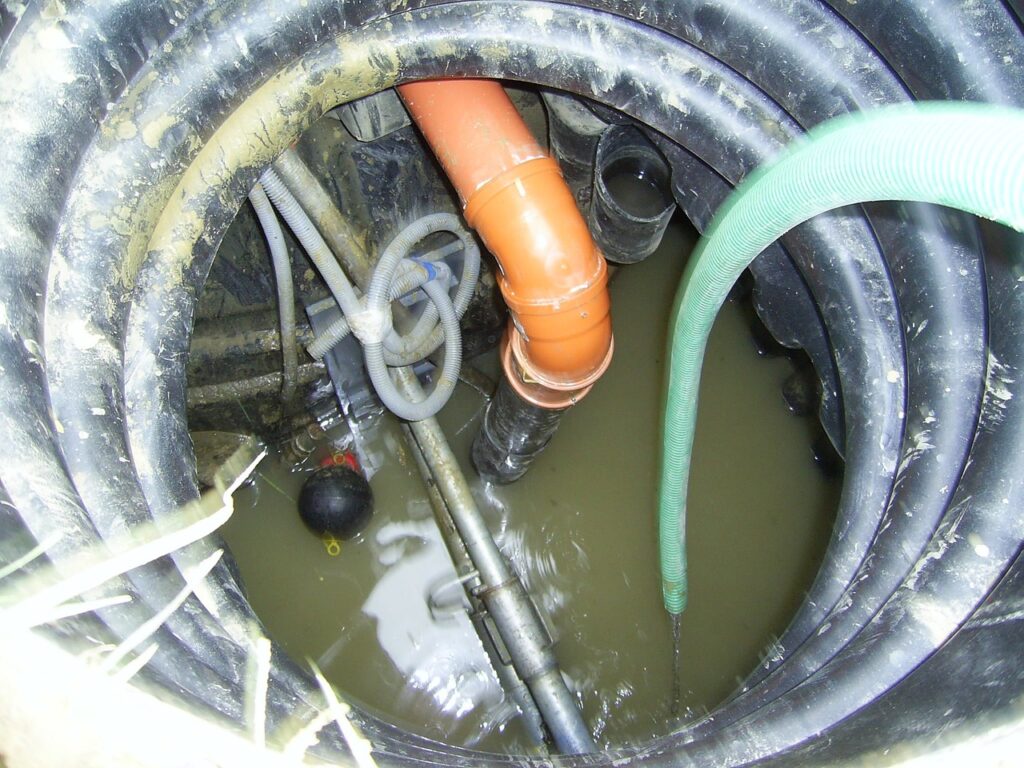Septic systems are the quiet workhorses of many homes, often out of sight and out of mind—until there’s a problem. But just like any other system in your home, a septic system has a lifespan. Knowing how long your septic tank and its components are expected to last can help you make informed maintenance decisions and avoid expensive emergencies down the line.
Average Lifespan of a Septic System
On average, a well-designed, properly installed, and regularly maintained septic system can last between 20 to 40 years. However, that range depends on several factors—some within your control and some that aren’t.
Let’s break down the key components:
- The Septic Tank
Concrete tanks typically last 40 years or more, assuming they’re not compromised by tree roots, ground movement, or corrosive substances.
Steel tanks, on the other hand, may only last 15 to 20 years before rust causes significant structural issues.
Plastic or fiberglass tanks can last 30 to 40 years, but they’re more prone to physical damage from shifting soil or heavy loads above.
- The Drainfield (Leach Field)
The drainfield is often the first part of the system to fail. Under ideal conditions, a drainfield can last 20 to 30 years, but it’s far more vulnerable to issues such as:
Soil saturation
Tree root intrusion
Compaction from vehicle traffic
Accidental overloading due to poor water management
- Pipes and Distribution Box
The network of pipes and the distribution box that channels effluent into the drainfield usually lasts as long as the drainfield itself, provided there is no physical damage or root infiltration. With good care, you can expect these to last 20–30 years.
What Impacts Septic System Longevity?
Several factors influence how long your septic system will last:
Installation Quality: A poorly designed or improperly installed system will fail prematurely, sometimes in just a few years.
Maintenance Routine: Regular inspections and pump-outs (every 3–5 years) dramatically extend the life of your system.
Water Usage Habits: Excessive water usage overwhelms the system, while high-efficiency appliances and leak repairs can reduce wear.
Materials Flushed: Flushing wipes, grease, or chemicals can cause clogs or kill essential bacteria in the tank.
Soil Conditions: Certain soils drain better than others; clay-heavy or compacted soils can stress the system.
Tree Placement: Roots from nearby trees can crack tanks and infiltrate drainfield lines.
Signs Your Septic System May Be Nearing the End
Even with proper care, every system has its limit. Watch for these signs that your system may be approaching failure:
Frequent backups or slow drains
Strong odors in the yard or basement
Standing water near the drainfield
Lush, green grass over the leach field (especially during dry seasons)
Gurgling sounds from plumbing
Extending the Life of Your Septic System
The key to longevity is prevention. Homeowners can help their system last decades by:
Pumping the tank on schedule
Avoiding heavy machinery or parking over the drainfield
Diverting rainwater away from the drainfield area
Being cautious about what goes down the drain
Final Thoughts
A septic system isn’t a “set it and forget it” feature of your home—it requires attention and respect. With proper care, it’s entirely reasonable to expect 30 years or more from your system. But neglect, misuse, or poor installation can cut that lifespan in half or worse. If you’re proactive, your septic system can serve your household reliably for decades without causing a fuss—or a mess.

